Happy Trails To You: Dave’s Final Column
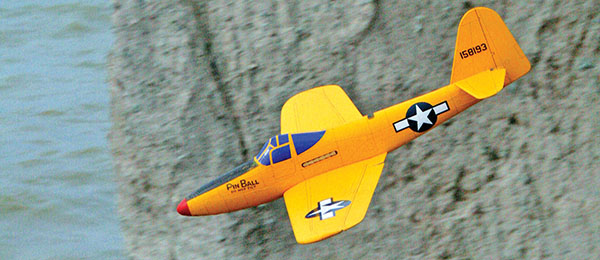
Written by Dave Garwood RC SLOPE SOARING Column As seen in the June 2019 issue of Model Aviation.
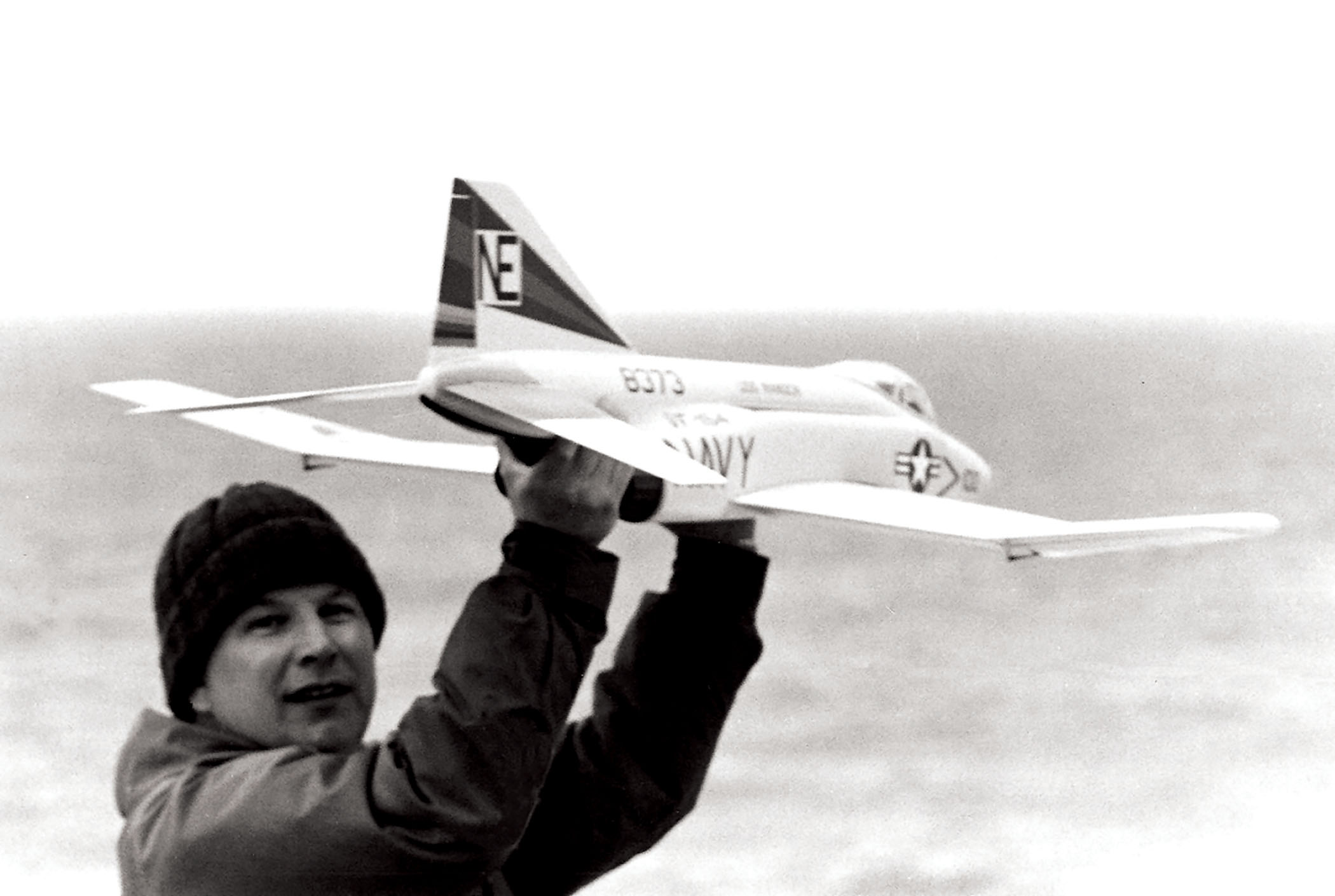
SEE MORE PHOTOS ONLINE Visit www.ModelAviation.com.
THIS IS MY FINAL "RC Slope Soaring" column. It’s been a fantastic journey of building, flying, traveling, and writing about Slope flying since February 2003. This is the end of a happy trail for me.
We had an unseasonably cold and miserable winter in parts of the country, but we tried to get out and fly when we could. I’m reminded of a remark from my old flying buddy, Steve Savoie, of the DownEast Soaring Club in Portland, Maine: "There is no such thing as bad weather. There are only underdressed sailors." Steve served in the U.S. Coast Guard.
As I think back, I hear quotes from RC sailplane pilots in my mind. I met Bob Powers via a note in a hobby shop and we flew Thermal and Slope Soaring together for two decades. Bob, an expert Precision Aerobatics power model pilot, told me, "I never used so much down-elevator until I got into sailplanes."
I had the good fortune to fly with Dave Sanders and Dennis Duncan on their home hill in Laguna Niguel, California, in the 1990s, where they laid an interesting observation on me: "We used to think gliders were for guys who can’t fly power. Now we know power is for guys who can’t fly gliders."
Those were the days when EPP foam construction for Slope Soaring sailplanes was new. It allowed us to fly full-contact combat matches, adding a bold dimension to Slope Soaring.
During the same period, 48-inch flying wing combat models became available, but their appearance was unsatisfying to those who favored scale models. Dave Sanders remarked, "It’s not a crime to fly a model airplane that looks like an airplane."
I was spellbound when I first saw half pipes with 10 fiberglass sailplanes at the Southern California Power Scale Slope Festival at Cajon Summit. Inland Slope Rebel member Mike Wofford told me, "I like this kind of flying because you never know when you won’t return from a mission—just like the real thing."
When he was younger, my son, Lou, sprayed a set of wing cores with 3M Super 77 contact cement without newspapers laid down to catch the overspray, resulting in a sticky bench and a sticky wall. After his sailplane took to the air, I realized that the only thing worse than having your kid mess up your shop is not having your kid mess up your shop.
Regarding the preservation of our models, we remember "ships are safe in the harbor, but that’s not why ships are built," which was taught by U.S. Navy Rear Adm. Grace Hopper. Contrast that with "You Always Hurt the One You Love," a song by The Mills Brothers.
Real-life Slope Soaring flying experiences remind us that "SLOPE stands for Smashed, Lost, Or Pulverized Eventually." Designer Michael Richter reminded me of this recently at a Weasel Fest in Santa Barbara, California.
I learned a lot while flying with Sal DeFrancesco at the Seascape Motor Inn in Truro, Massachusetts, including, "If you want to know how a plane flies and what kind of conditions it needs to fly well, find out what the designer’s home hill is like." Although Sal sold RC sailplanes as a business at Northeast Sailplanes, he admitted, "Any plane that makes you smile when you fly it is a good plane."
In 1994, I went to my first Midwest Slope Challenge at Wilson Lake, Kansas. When I arrived on-site, six fliers were scratching to stay up in spotty lift.
Approximately a mile away, a squall line was heading toward us. I don’t know what possessed me to bestow my knowledge of meteorology on strangers who, as it turned out, had been flying at that site for 20 years, but that’s exactly what I did. "Hey guys, when that storm front gets here, we’ll have big winds and plenty of lift," I said.
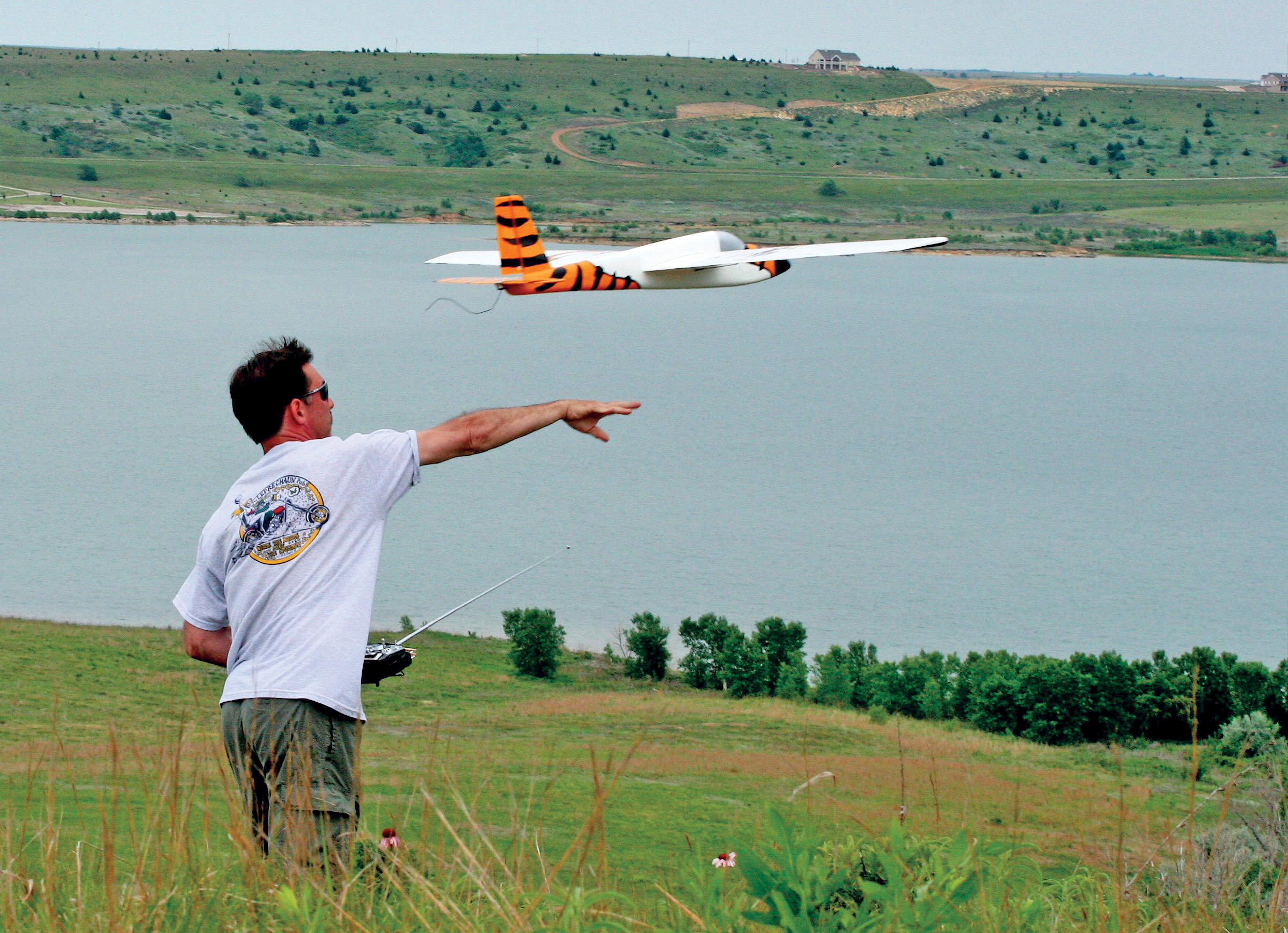
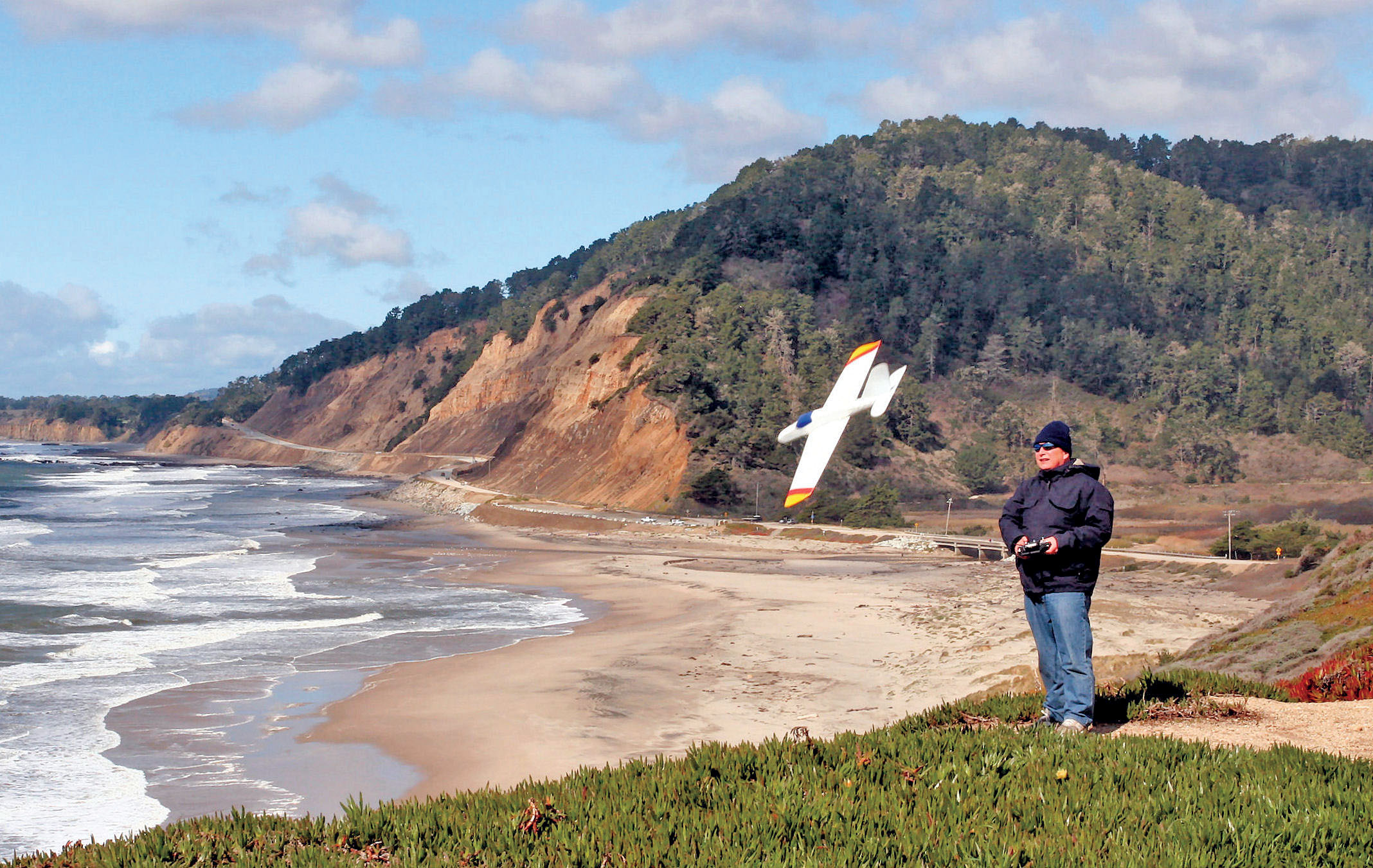
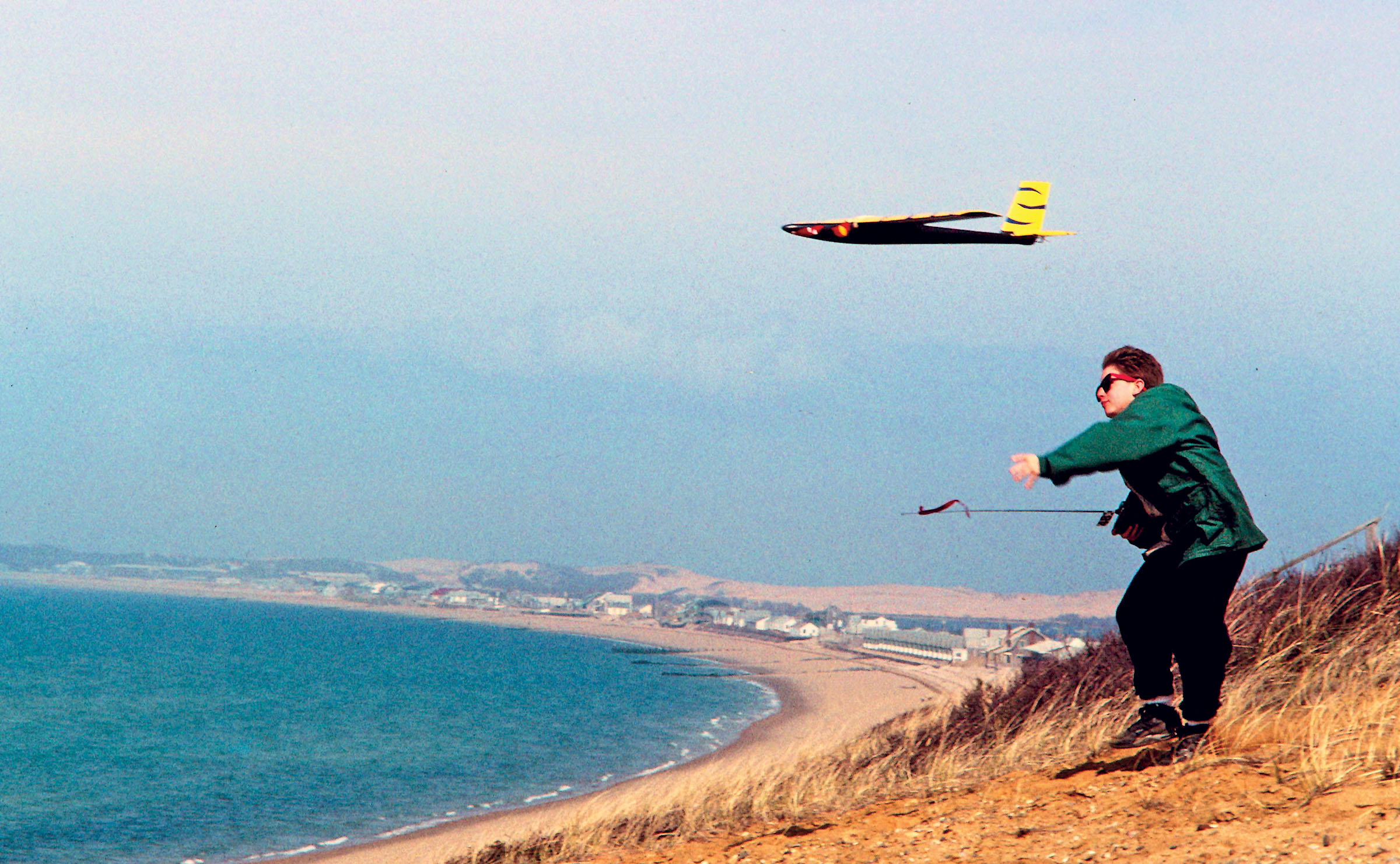
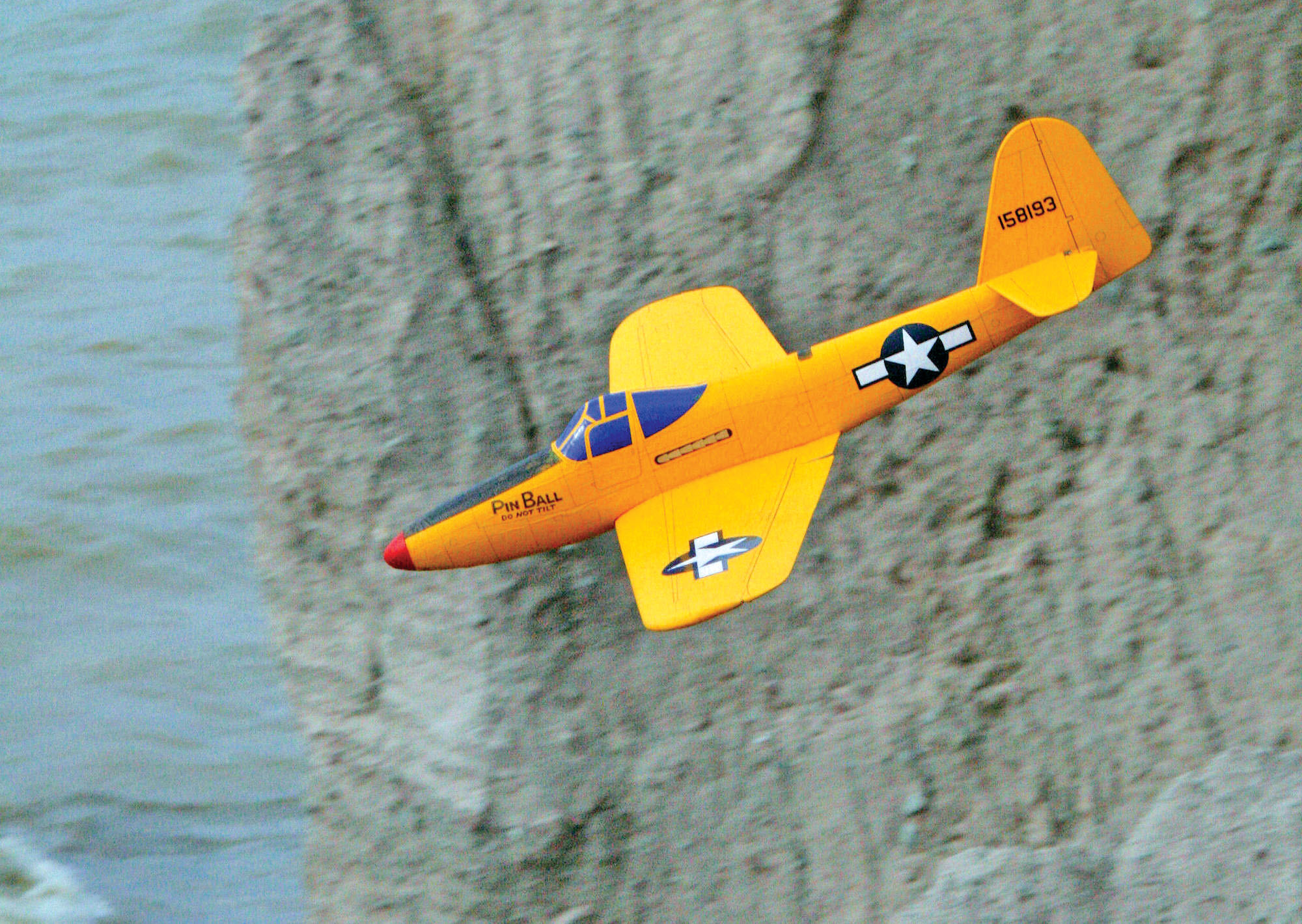
Local pilot Ken Hawkins replied, "Yes, but we’re standing on the highest point in Kansas with lightning rods in our hands. It might be a good idea to get off the hill before it gets here."
Ken is a smart, innovative, and dedicated pilot who has Slope Soaring in his DNA. I am happy to have known him, flown with him, and learned from him for 25 years. Luckily, for the readers of this column, Ken will be your next Model Aviation "RC Slope Soaring" columnist.
I’ll sign off with, "It’s what you learn after you know it all that really counts," from Dave Thornberg. I’ll try to remember it in my own RC modeling.
Happy trails to you. Remember to support kit makers and local hobby shops.
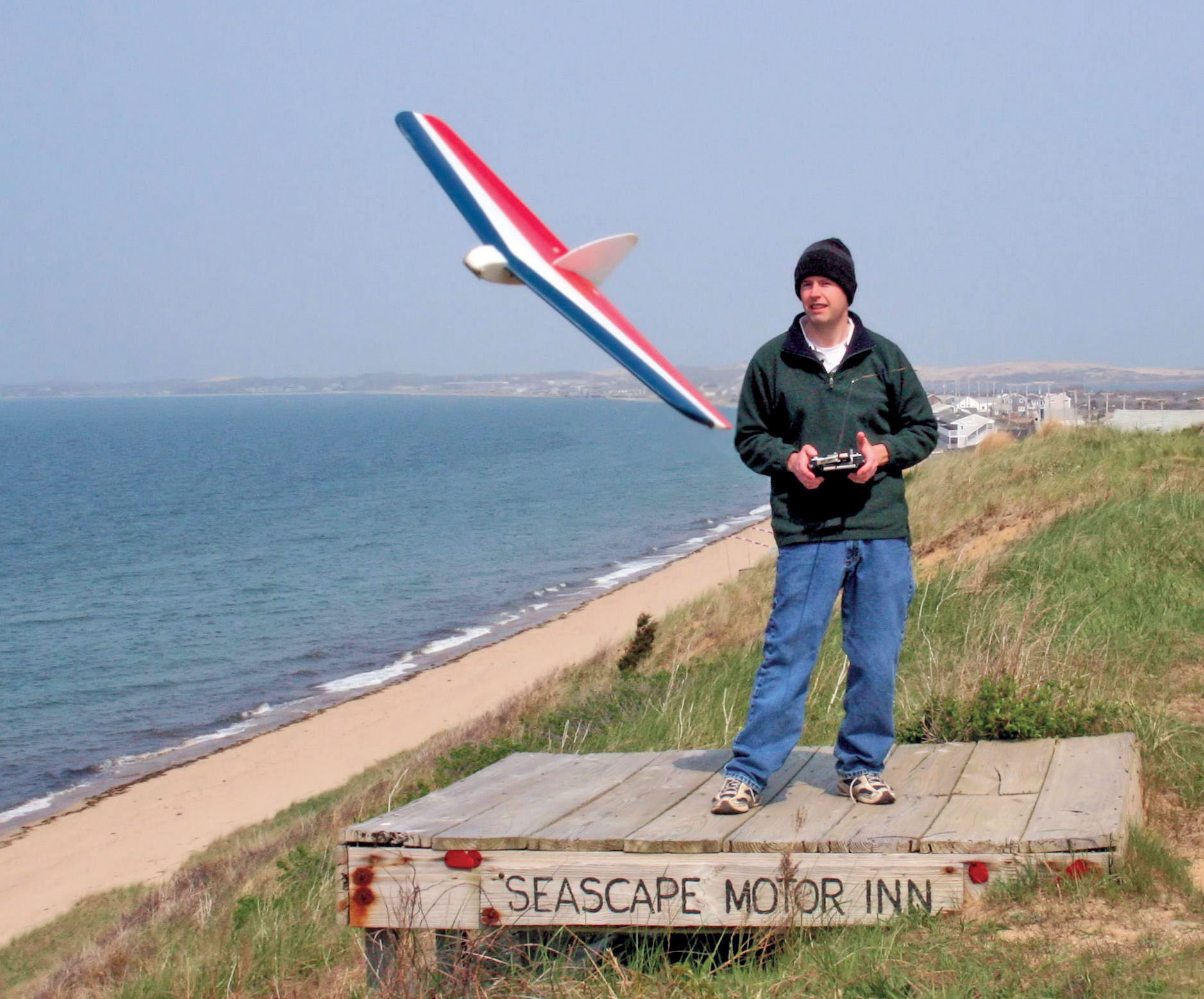
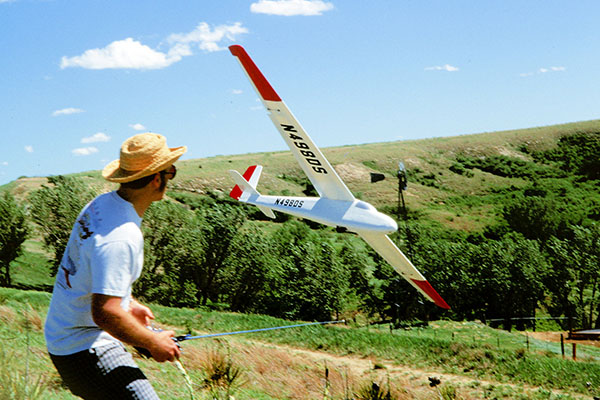
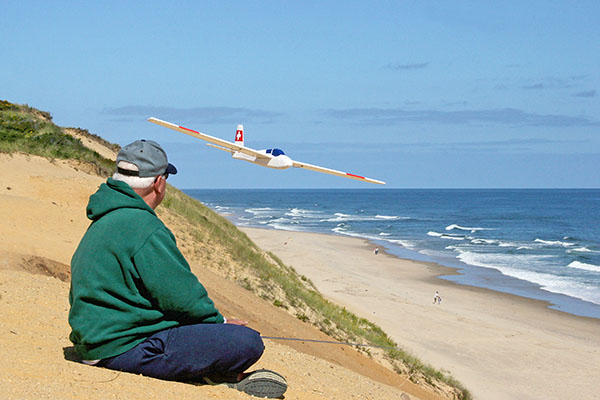
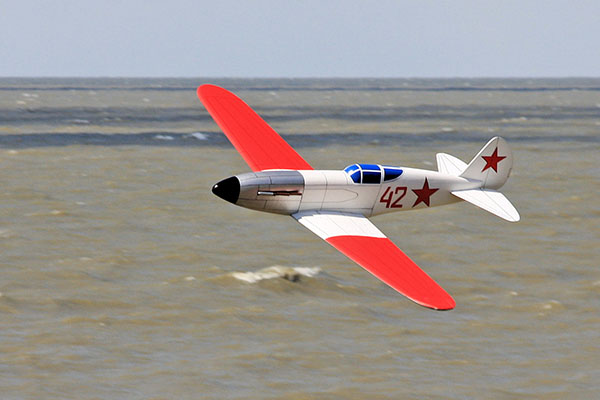
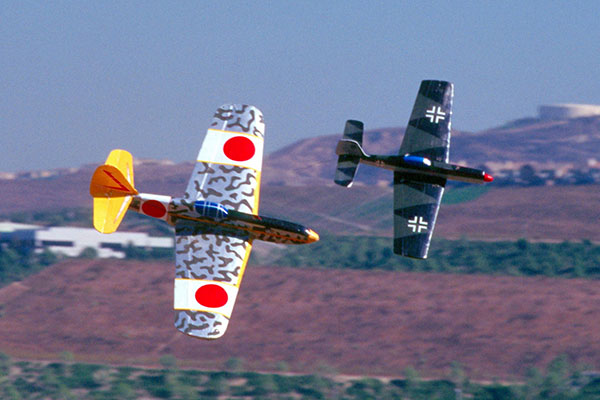
SOURCES:
Magnum Models
(885) 771-0821
The JW
Leading Edge Gliders
(785) 658-6291
Midwest Slope Challenge
Dream-Flight
(805) 845-1803
League of Silent Flight (LSF)










Add new comment